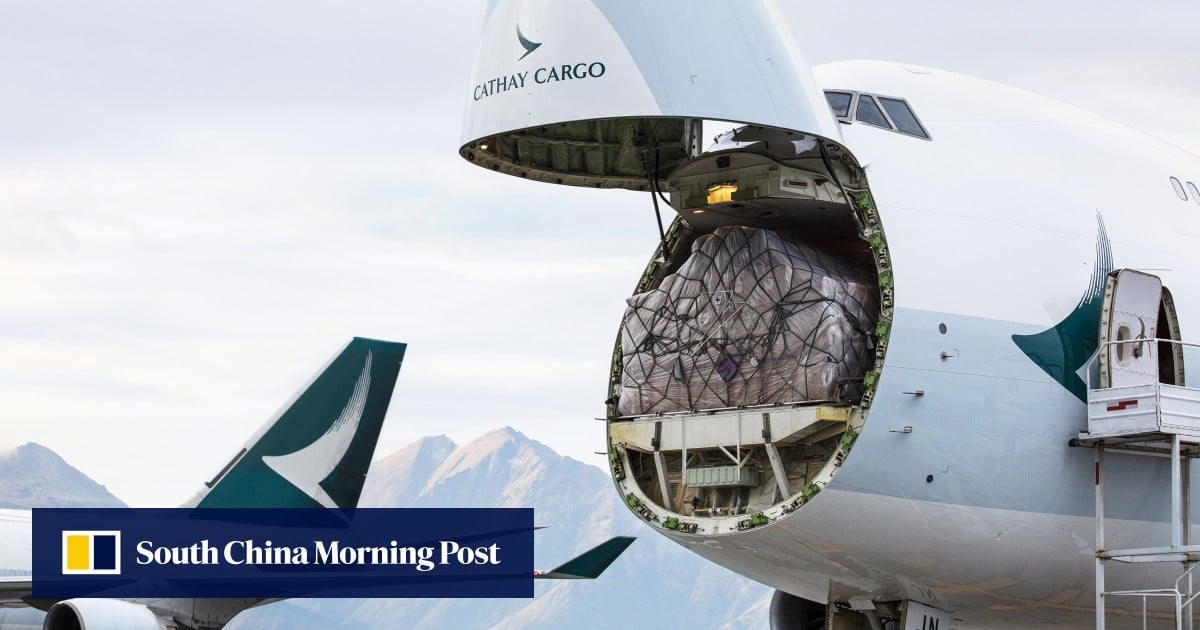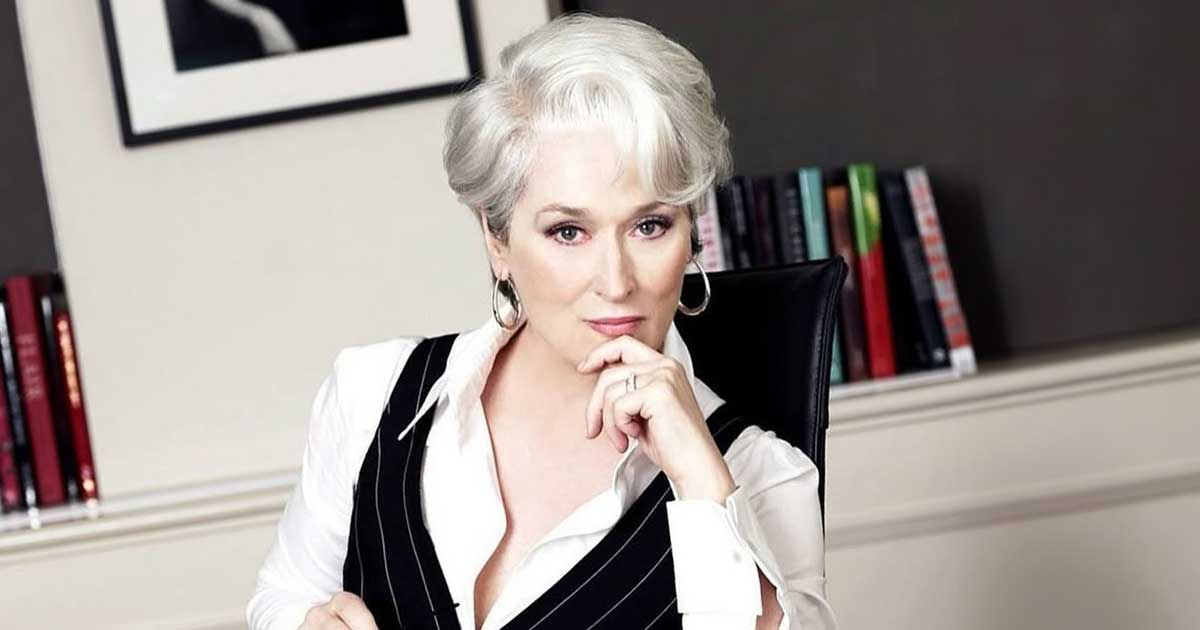After his impressive win in late October, Romantic Warrior was taken to an indoor facility at Melbourne Airport where he stepped inside his air stable – a custom-designed box manufactured for flying on aircraft that locks into the main deck of the cargo plane.
A high-profile horse, he travelled with a stable representative as well as an attendant on the flight. He was served a light meal of hay and encouraged to drink water to stay hydrated through the flight.
It is this level of professionalism and care that has Chris Burke, managing director of IRT, a global leader in horse transport, booking horses on Cathay Cargo.
“If I’m moving a horse for the Jockey Club, or your personal pet, you want the best possible care for that animal. For us, an airline such as Cathay has quality aircraft that are well managed and maintained and it’s an organisation that has the resources to resolve an issue if things go wrong,” says Burke, adding that he and his team move 7,000 to 8,000 horses by air each year.

Tom Owen, who took over as Director Cargo for Cathay in 2020, has been instrumental in steering the airline’s lucrative cargo division. The first year of the pandemic presented challenges, but it also brought opportunities.
With travel restrictions grounding many passenger flights, the seats were pulled out of some planes to accommodate the huge demand for cargo.
“What I noticed when I got here was how high-profile cargo suddenly became. People woke up to the fact of where things were actually coming from and that there is a whole supply chain behind that,” says Owen.
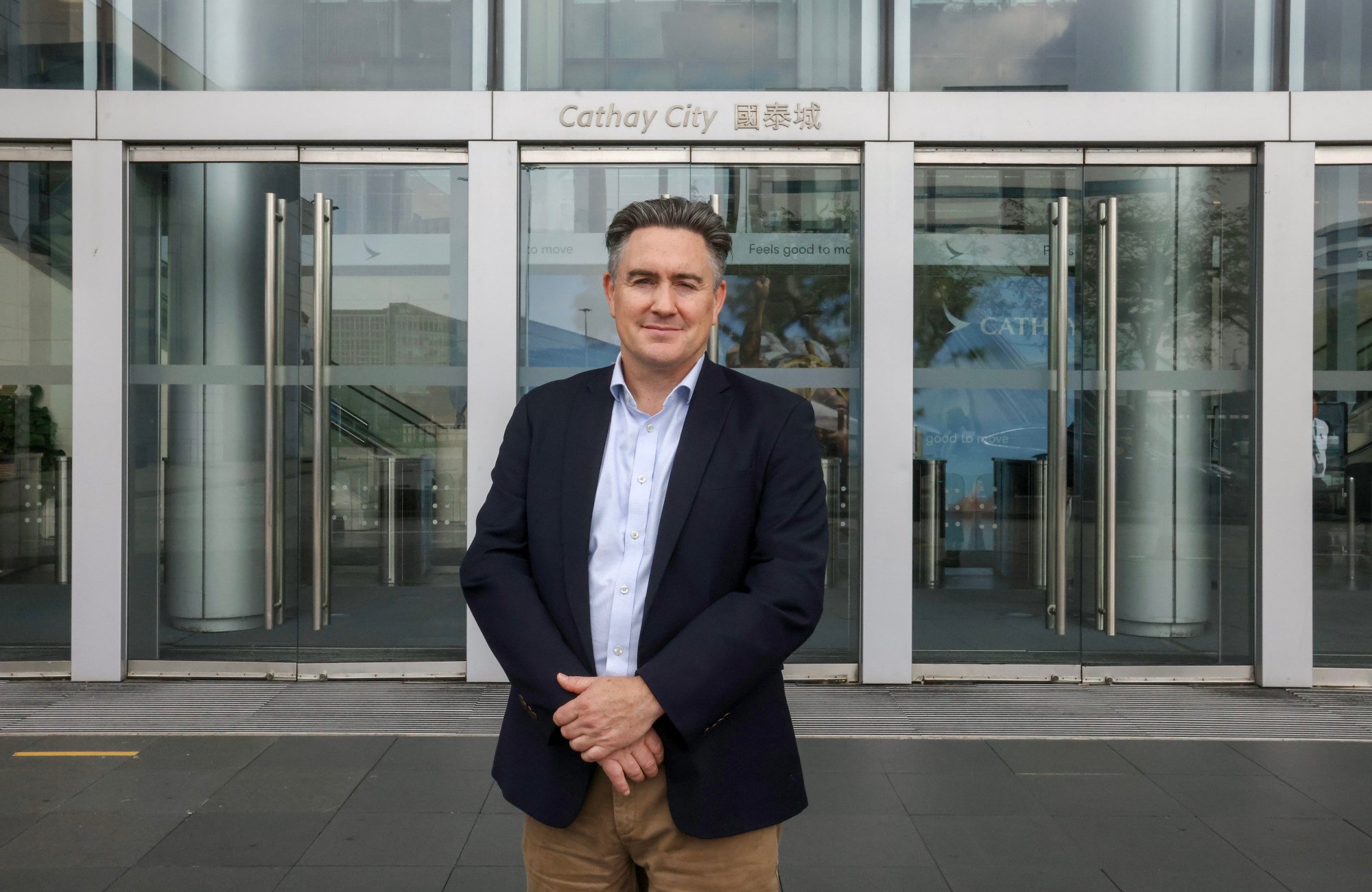
Covid-19 brought to light the importance of the supply chain, and people began to appreciate the effort that goes into getting fresh produce, vegetables and life-saving vaccines to their destinations. Cathay’s cargo division played a crucial role in keeping the airline afloat during the pandemic years.
The success of the division enabled Owen and his team to fast-track plans to upgrade, digitise and transform the way it operates.
In early 2022, at the peak of the pandemic, Cathay opened a massive cold pharmaceuticals room that doubled its capacity to handle temperature-sensitive goods.
Most pharmaceuticals need to be kept at a controlled temperature of two to eight degrees Celsius, or at 15 to 25 degrees, but some require temperatures as low as minus 70 degrees, and it is essential that the cold chain is kept intact.
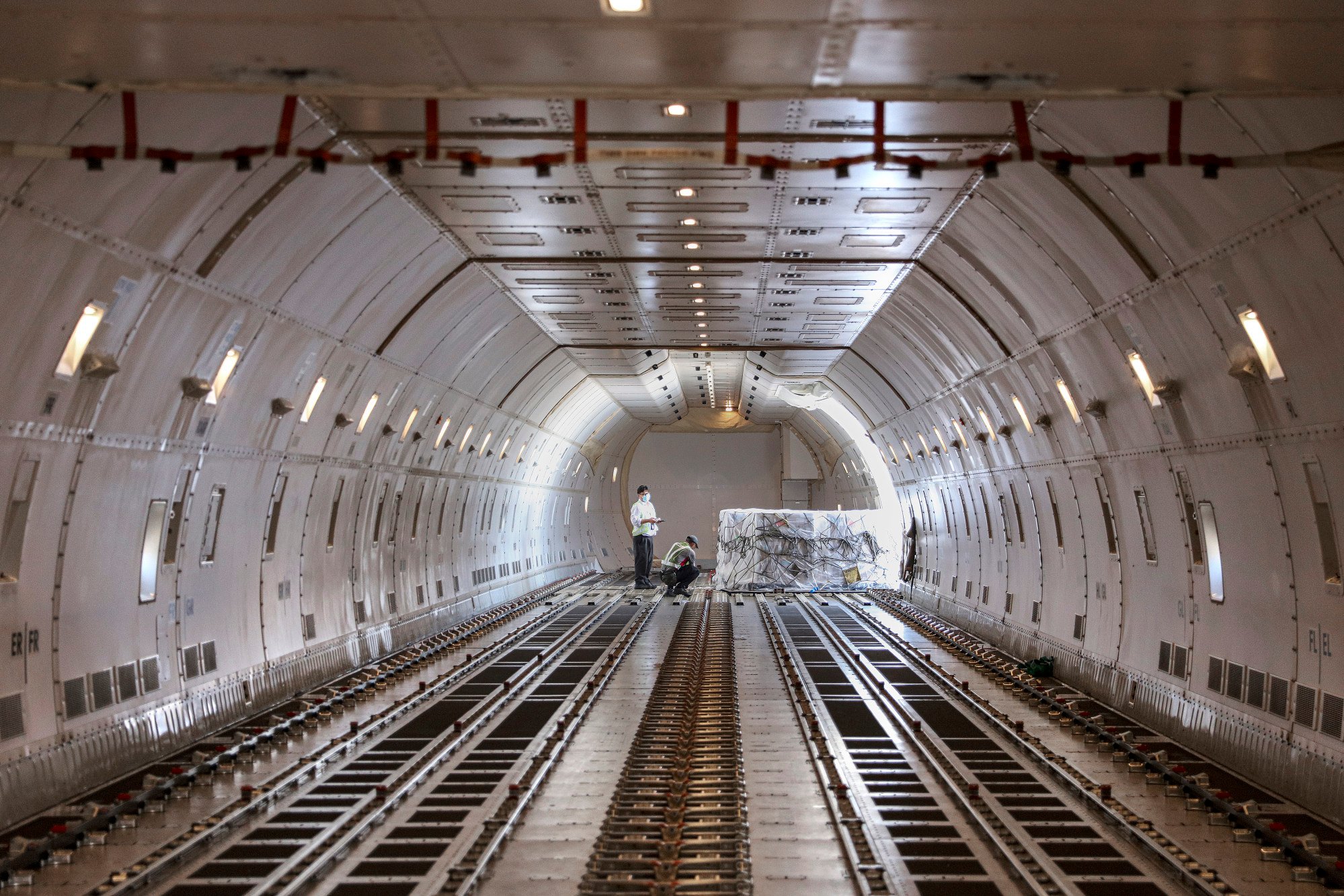
By the end of the year, Cathay Pharma was launched, a specialised air cargo service for temperature-sensitive shipments including life-science deliveries.
Temperature-sensitive products, ranging from flowers to fish and pharmaceuticals, are taken off the aircraft in Hong Kong on a thermal dolly, straight over a ramp, and into the cold room, a large space with many compartments that have different temperature settings.
When they leave, a refrigerated truck comes alongside the cold room, and an inflatable barrier is used to ensure a seamless transition into the truck.
“What we are trying to do with Cathay Cargo is differentiate ourselves from other cargo carriers, other hubs,” says Owen. “One of the ways to do that is to get really good at certain aspects of air cargo, focusing on the temperature-sensitive, time-sensitive, and goods that need special handling.”
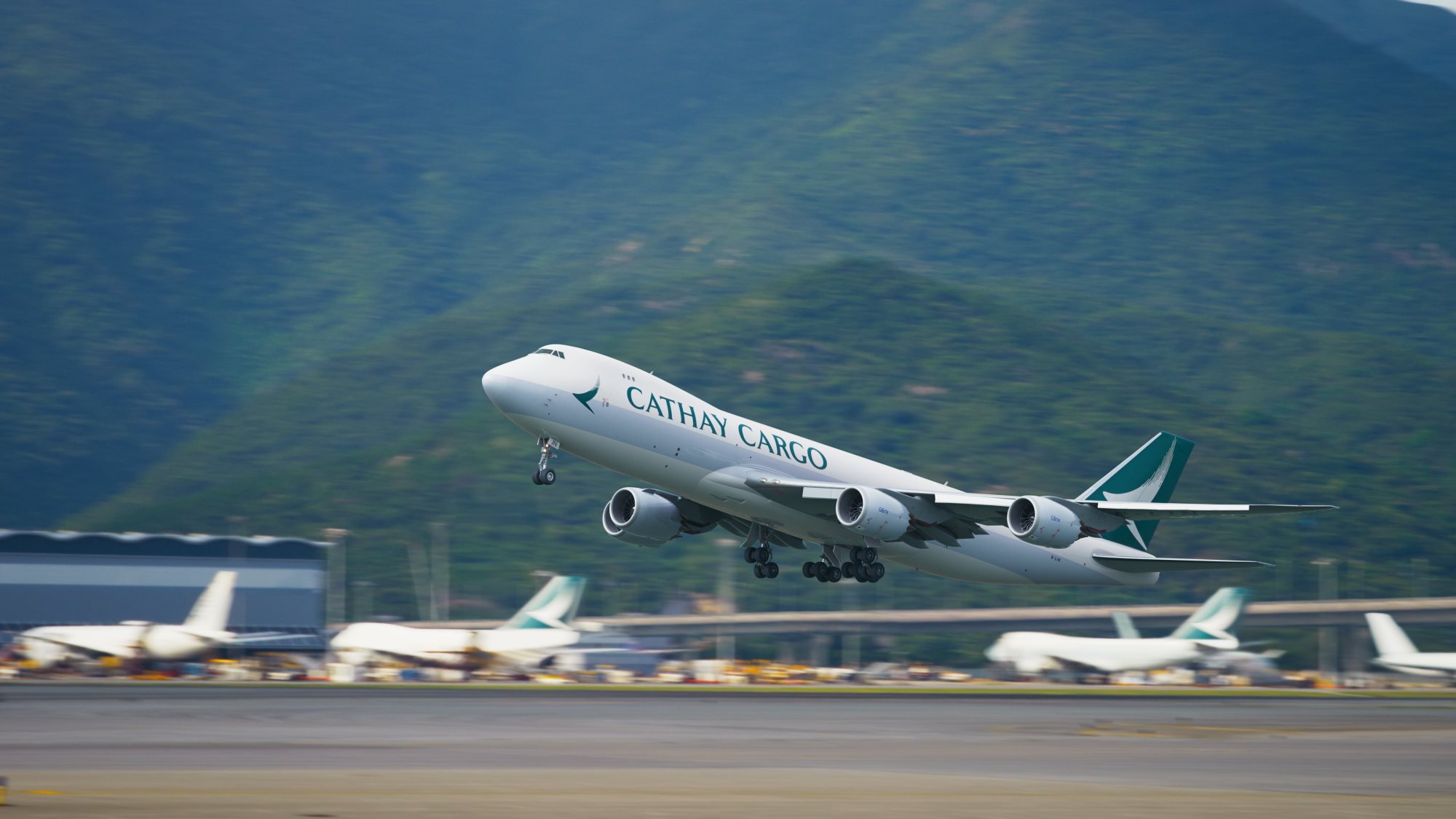
The Greater Bay Area accounts for a staggering 98 per cent of Cathay’s cargo from Hong Kong. E-commerce – think Huawei Technologies and Apple phones and computers – is the fastest-growing export.
The Dongguan intermodal facility, a new sea-to-air facility built by the Airport Authority Hong Kong in Guangdong province, is the most exciting post-Covid development.
As part of a pilot programme, Cathay accepts cargo in Dongguan, clears it through customs and puts it on a barge to travel down the Pearl River, delivering straight to airside, where some cargo is immediately loaded onto an aircraft and other portions are stored at the terminal.

There are clear advantages to using this new facility. Not only is it cheaper to accept and handle cargo in the Greater Bay Area, it also provides an alternative transport route.
“The vision is for Hong Kong to further integrate with the Chinese mainland,” says Owen. “It’s a Hong Kong facility with Hong Kong rules and rates and Hong Kong jurisdiction around these areas that is slap bang where the manufacturing is happening.
“It is very much a view for the long-term growth of Hong Kong. Cathay was the first cargo terminal to set up there.”
Look up at the sky – you’ll be surprised by what flies over your head sometimes
Tom Owen, Director Cargo, Cathay Pacific
A separate facility is being built from scratch in Dongguan, which will have state-of-the-art automation and be able to handle a million tonnes of cargo a year when it opens in 2025/2026.
“What we have now is a prototype of that, which is a lot smaller in scale but is proving successful,” he says. “Freight forwarders like it because certain types of cargo you can do more cheaply if you do it sea to air – so on a barge down the river.”
Dora Yu, assistant to the general manager of Sinotrans Air Freight, is familiar with the shipments of mostly clothing, groceries, pharmaceuticals and car accessories. But she broke into a sweat when tasked with moving a massive oil pipe from China to the United States.
“I was nervous when I got this request, I didn’t know if I could deliver this for the customer,” says Yu. “The pipe was 10 metres long and weighed 10 tonnes. And it was urgent – it had to be in the US in seven days. I contacted Cathay and they thought it was possible.”
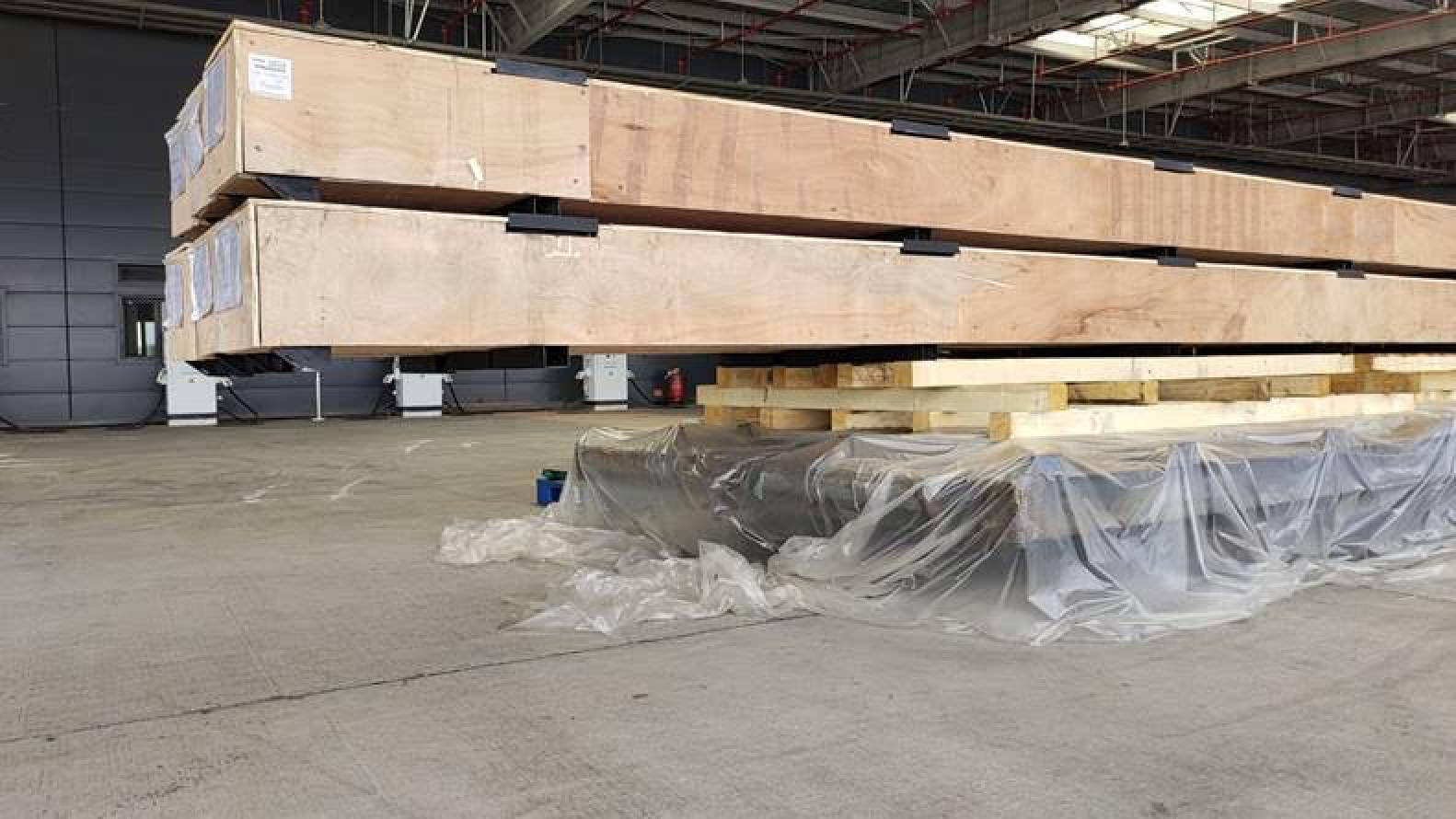
Five days later, at midnight, Yu stood on the tarmac at the airport in Zhengzhou, in Henan province. The pipe had arrived at the Cathay warehouse two days earlier, and 10 hours before take-off it was moved into the loading bay.
The Cathay Cargo team calculated that the pipe could be loaded through the nose of the plane. Success. The Boeing 747 swallowed its hefty cargo, and a couple of hours later was airborne and en route to the US to meet the urgent deadline.
“I wouldn’t have dared take on this project if I wasn’t confident that Cathay could handle it,” says Yu. “They have higher standards of expertise and professionalism than other airlines, they have a rich network and the e-Air Waybill is very convenient.”
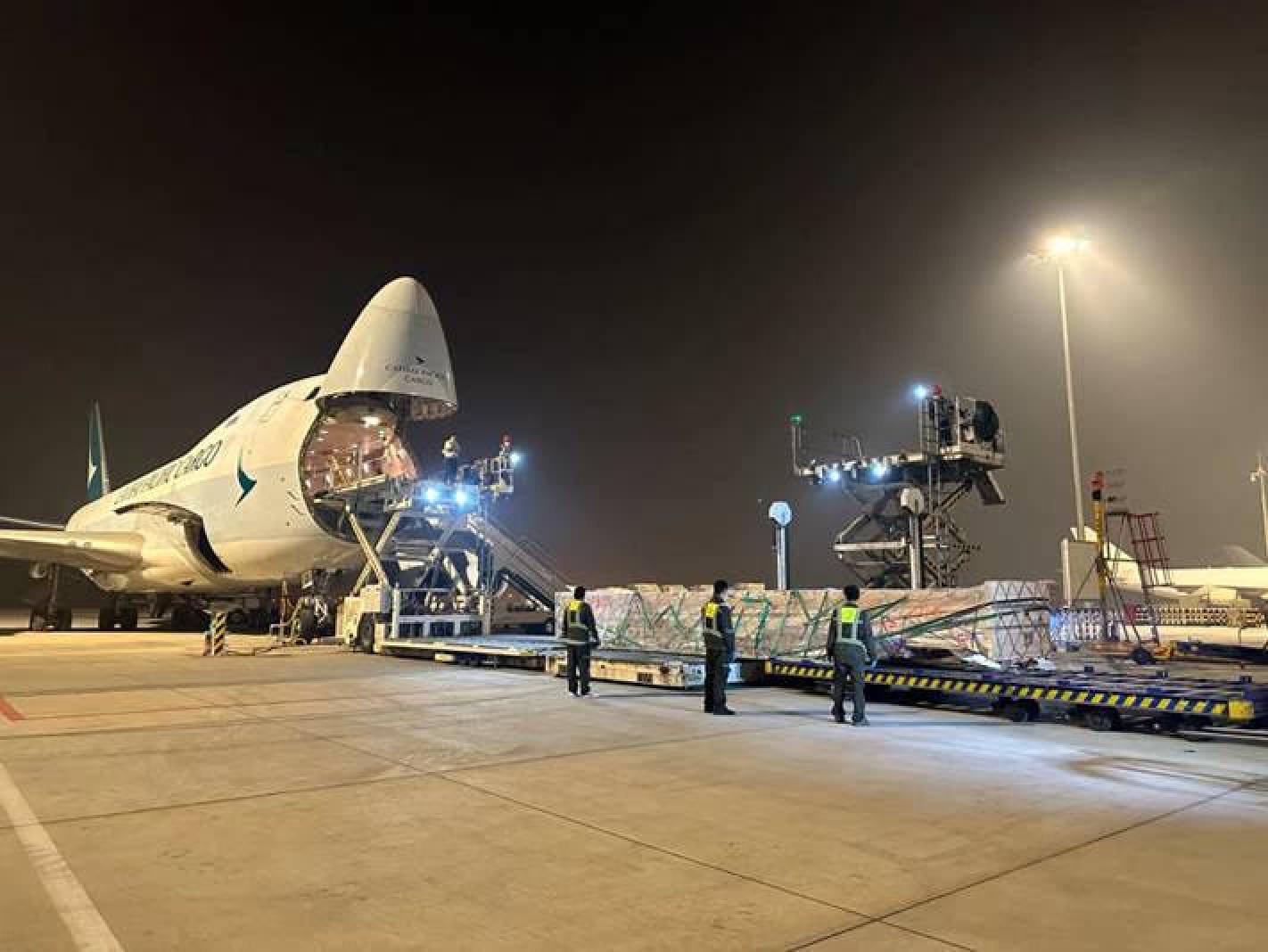
Historically, cargo was a paper-based and not especially sophisticated business, but Cathay has been leading the pack in terms of digitalisation. It replaced paper contracts between the airline and freight forwarders with the e-Air Waybill in 2011 and in the past few years has speeded up the drive towards digitalisation, bringing more people with data skills onto the team.
“Pre-Covid the data was there but not particularly used or organised,” says Owen. “As the supply chain gets really important and there’s a need to be really efficient, you need to digitise and understand your data. So, those things have really accelerated for us over the past three years.”
The digitalisation has allowed the airline to roll out new hi-tech solutions, such as Cathay Mail, which came online in March and allows post offices to track and trace mail. Combined with Cathay Pharma and a fresh rebrand rolled out early this year, the airline has been getting noticed.
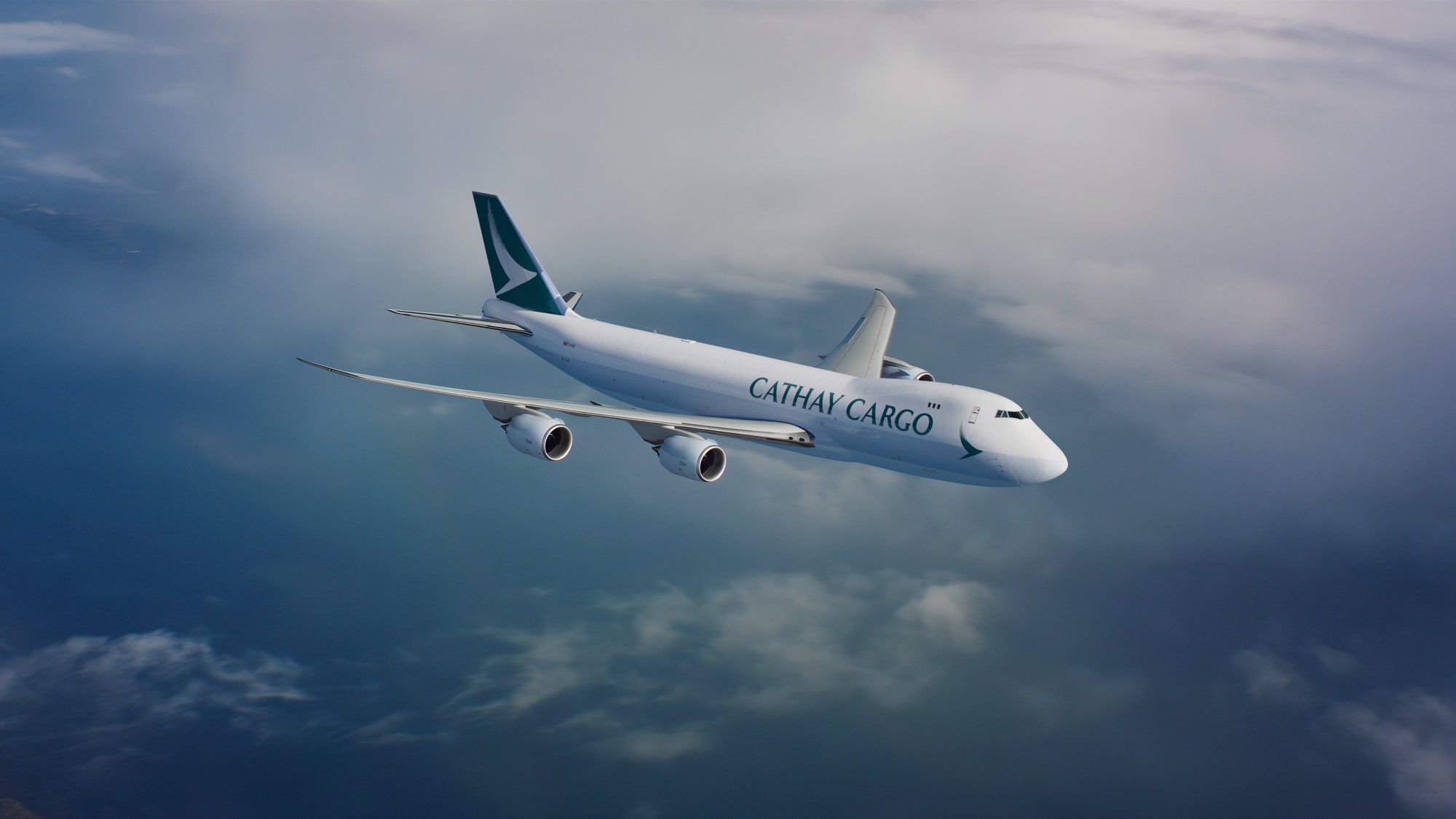
It won “Best Cargo Airline – Asia” at the Cargo News Awards in London and the Global Carrier of the Year – Top Award at the Payload Asia Awards in Singapore. But it was picking up the coveted “Cargo Airline of the Year” at the Annual Airline Industry Achievement Awards for the first time that really made Owen happy.
“It was voted on by the industry, so our peers. It was a very nice thing for our people to be recognised by the industry,” he says.
There will be more recognition heading their way in March. The World Cargo Symposium, the largest and most prestigious air cargo annual event, will take place at AsiaWorld-Expo.
Organised by the International Air Transport Association and with Cathay Cargo as the host airline, the event will stage discussions on the latest trends, challenges and opportunities in the industry.
“It’s a chance for all the parts of the air cargo supply chain to come together for two or three days to discuss the trends at a big conference,” says Owen. “Bringing people back to Hong Kong is so important to restore confidence in what this city can offer. It’s a good thing that’s coming up.”
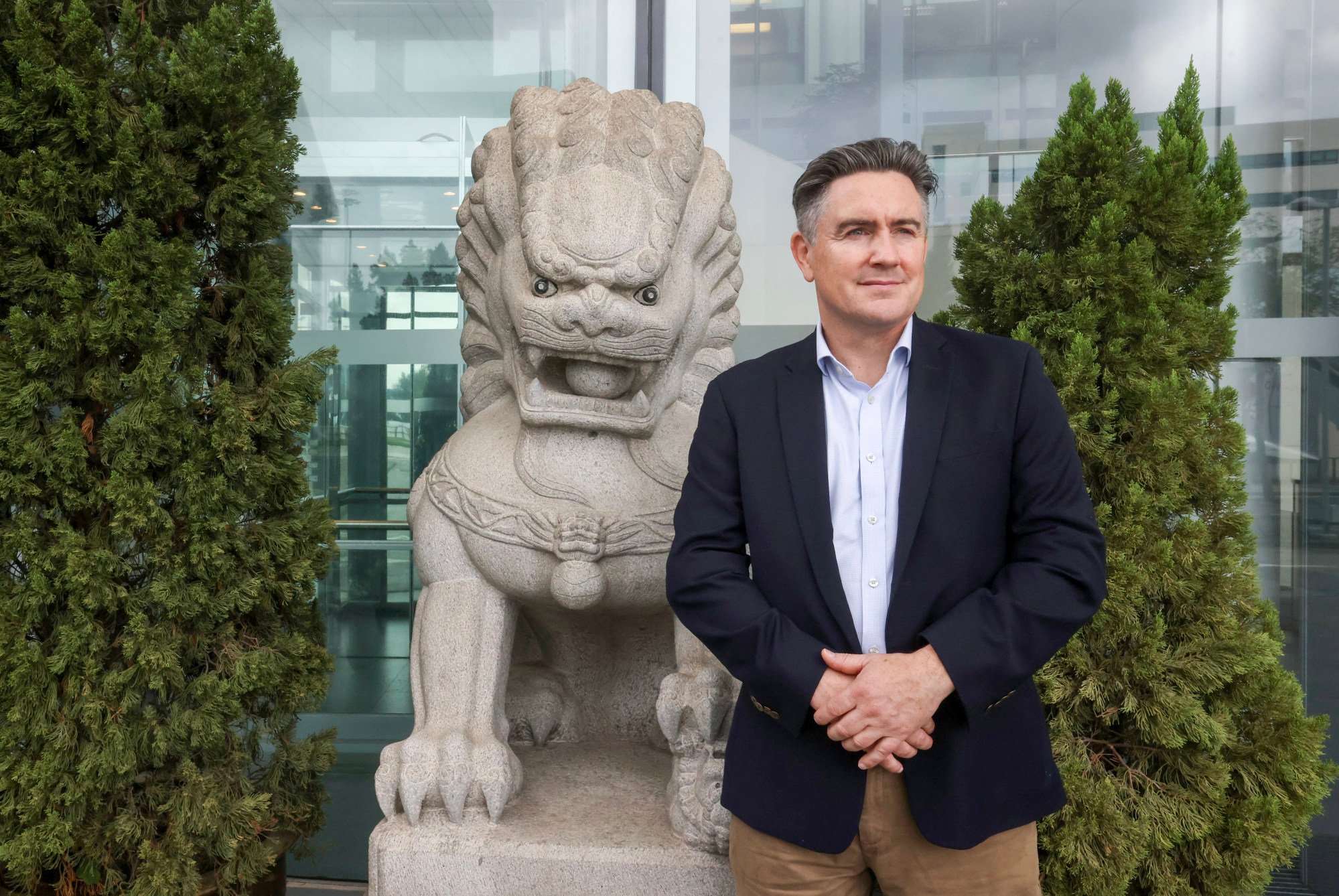
Meanwhile, it’s peak season for Cathay Cargo with everything that needs to be sold for Christmas flying out of the terminal and heading to the US and Europe.
There are fresh flowers and cherries being flown in from South America, hatching eggs and cattle heading to Asia-Pacific, priceless treasures bound for the Hong Kong Palace Museum and it likely won’t be long before Romantic Warrior is on his way to his next international race.
As Owen says: “Look up at the sky – you’ll be surprised by what flies over your head sometimes.”

